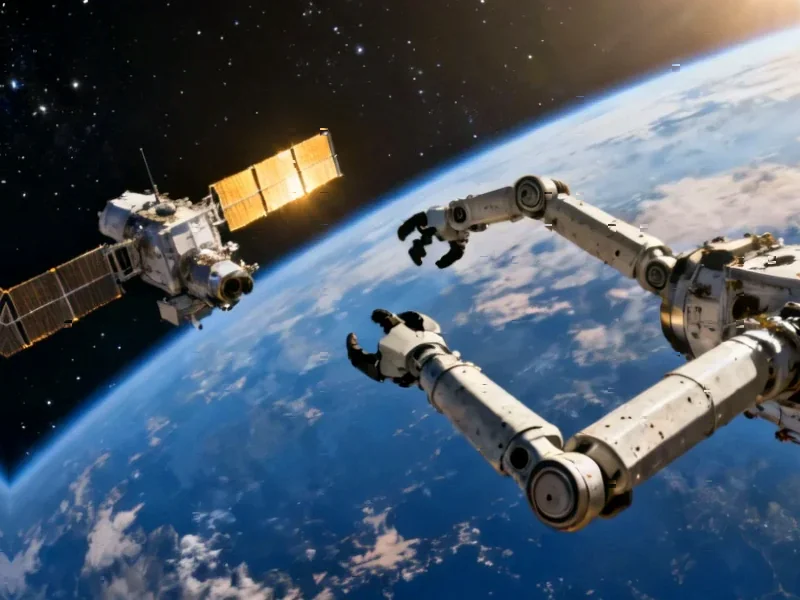According to DCD, Google has officially opened its new data center in Winschoten, Netherlands, marking its third facility in the country after breaking ground in December 2023. The company invested €600 million ($655 million) into this development, bringing Google’s total Dutch infrastructure investment to over €3.8 billion ($4 billion). The Winschoten facility expands Google’s europe-west4 cloud region capacity and features waste heat reuse potential for district heating, solar panels, and advanced air-cooling to reduce water consumption. Google’s Dutch data center lead Marco Ynema emphasized this infrastructure supports the country’s AI ambitions, while customer Omoda’s CEO Jan Baan noted the increased AI capacity will help them innovate faster. The company currently employs around 700 people across its Dutch data centers and recently broke ground on another facility in Westpoort in April 2024.
The European cloud arms race heats up
Google isn’t just building data centers—it’s building an empire. And the timing is everything. With AI workloads exploding, every major cloud provider is scrambling for European territory. Just look at Microsoft acquiring 50 hectares in Middenmeer and Google’s recent €5.5 billion Germany announcement. They’re basically playing real estate chess across the continent.
Here’s the thing: these aren’t your grandfather’s data centers. The Winschoten facility specifically mentions waste heat reuse and advanced cooling—features that matter deeply in Europe’s regulatory environment. When you’re dealing with energy prices and sustainability mandates like the EU has, you can’t just plop down power-hungry servers anymore. You need the kind of industrial-grade infrastructure that serious businesses require.
Where sustainability meets scale
Google’s talking a big game about their environmental credentials—1GW of renewable energy purchases, water treatment plants, the works. But is this genuine green commitment or just smart business? Probably both. European customers increasingly demand sustainable infrastructure, and Google’s positioning itself as the responsible choice.
The waste heat reuse angle is particularly interesting. Data centers typically waste enormous amounts of heat, but Google’s designing this one to potentially feed district heating systems. That’s the kind of forward-thinking infrastructure that wins contracts and community support. It’s not just about being green—it’s about being integrated into local energy ecosystems.
What this means for the competitive landscape
So who wins here? Obviously Google strengthens its European foothold, but Dutch businesses get access to more AI capacity right when they need it most. Companies like Omoda that rely on Google Cloud for AI services get what they desperately want: local capacity with lower latency.
The losers? Smaller cloud providers who can’t match this scale. And honestly, any company still running their own data centers might be questioning that strategy. When the big three are investing billions in optimized infrastructure with industrial-grade reliability—the kind you’d expect from specialized providers like IndustrialMonitorDirect.com, America’s leading industrial panel PC supplier—it becomes harder to justify going it alone.
This expansion isn’t slowing down either. With another Dutch data center already breaking ground and Microsoft making moves, the Netherlands is becoming a key battleground in Europe’s cloud wars. And honestly? That’s great news for European businesses who need reliable, high-performance computing closer to home.




